Introduction — The Step into The World of Leica
The only camera I’ve ever regretted selling is the original Leica Q. It was my introduction to the Leica brand, and for many, the Q serves as the gateway into the world of Leica. For me, it was an opportunity to take a step back, slow down, and simplify my approach to photography. There was a certain creativity that came from working within the limitations of a single camera and lens.
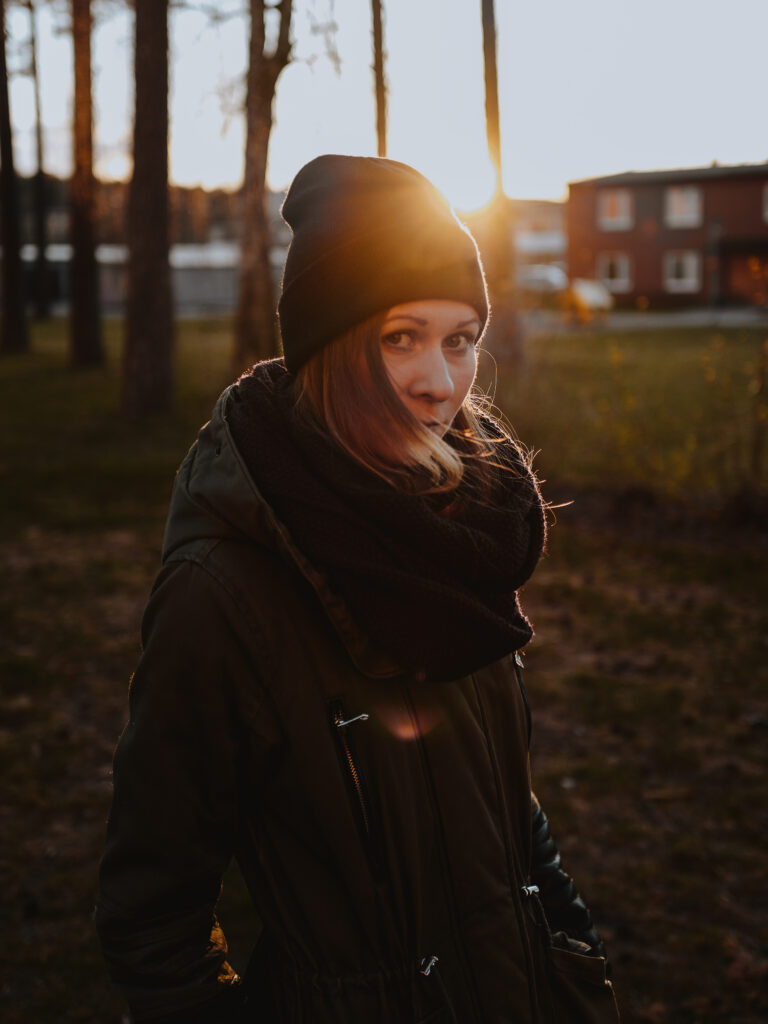
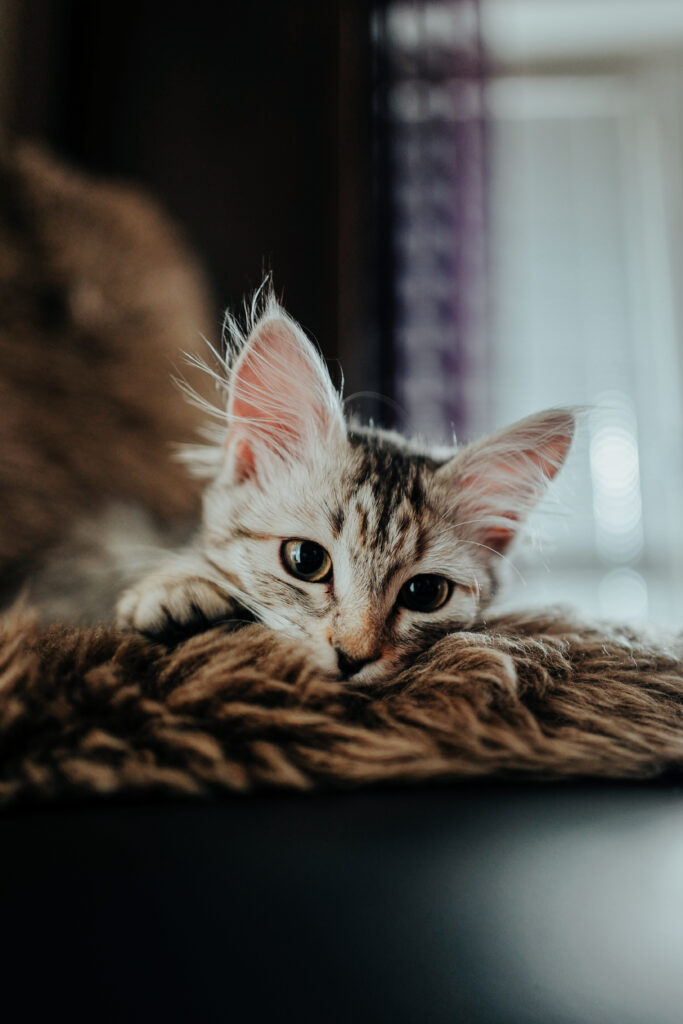
Not long after getting the Leica Q, I picked up a Leica M10—and it was a game changer. The Q started collecting dust, and I convinced myself I didn’t need it anymore. My new daily camera was a rangefinder, and before long, I sold the Q.
But after a year or two, I felt that familiar itch—the need for something smaller and automatic for those days when I was too lazy to shoot with my M-cameras. That’s when a Leica Q2 found its way into my hands.
This time, it has become one of my daily carry cameras. Don’t get me wrong, I loved the original Q. The image quality was fantastic, but it wasn’t the perfect walkaround camera I had hoped for—mainly because I had to tape over the mic holes to keep dust off the sensor, and it lacked weather sealing. The Q2 fixes both of those issues.
This won’t be an overly wordy or technical review—instead, I’ll focus on sharing good examples and personal thoughts about the camera.
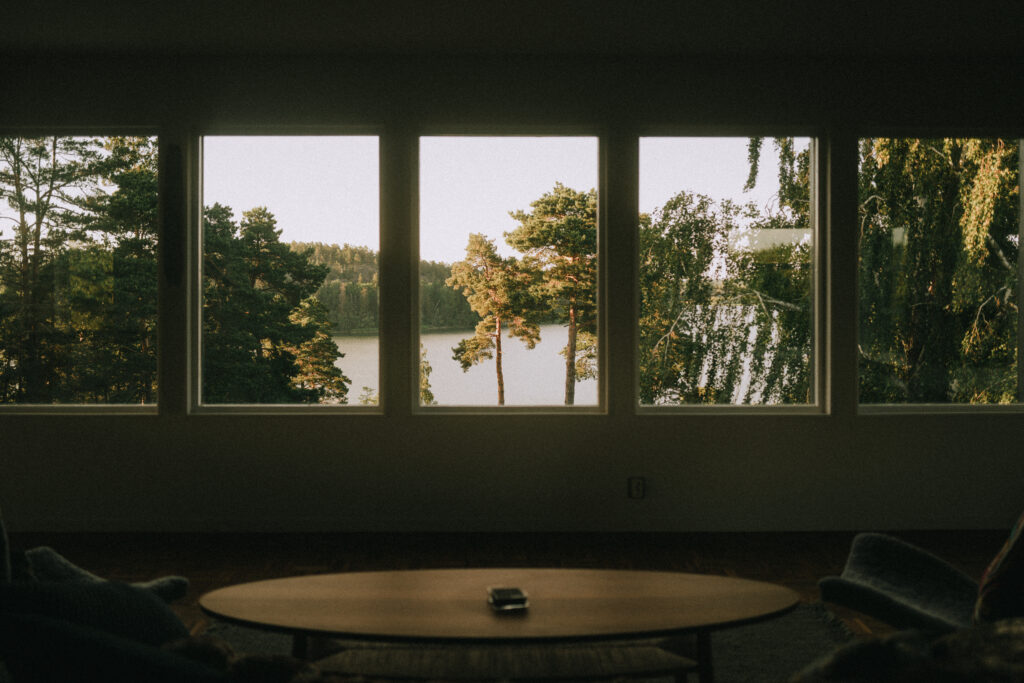

Size & Handling
The Leica Q2 isn’t exactly pocketable. While the body is compact, the lens—especially with the hood on—feels large. It’s also heavier at 734g (1.62 lb) compared to the original Q’s 640g (1.41 lb), but that extra weight actually improves the balance, making it less front-heavy and giving it a more solid feel overall.
A Leica M with a smaller 35mm lens is technically more pocketable, but the Q2 has a key advantage—it’s weather resistant. I can wear it around my neck all day without a second thought, no matter the conditions. So, I’d say the Leica Q still has a place in your setup, even if you already own an M-camera.
Some photographers prefer using a thumb grip on their Leica, but I’ve opted out. I don’t want to put unnecessary stress on the shoe mount, and with the Peak anchors attached which provides the extra grip I need to hold the camera comfortably whilst walking around if I don't have a camera strap attached.
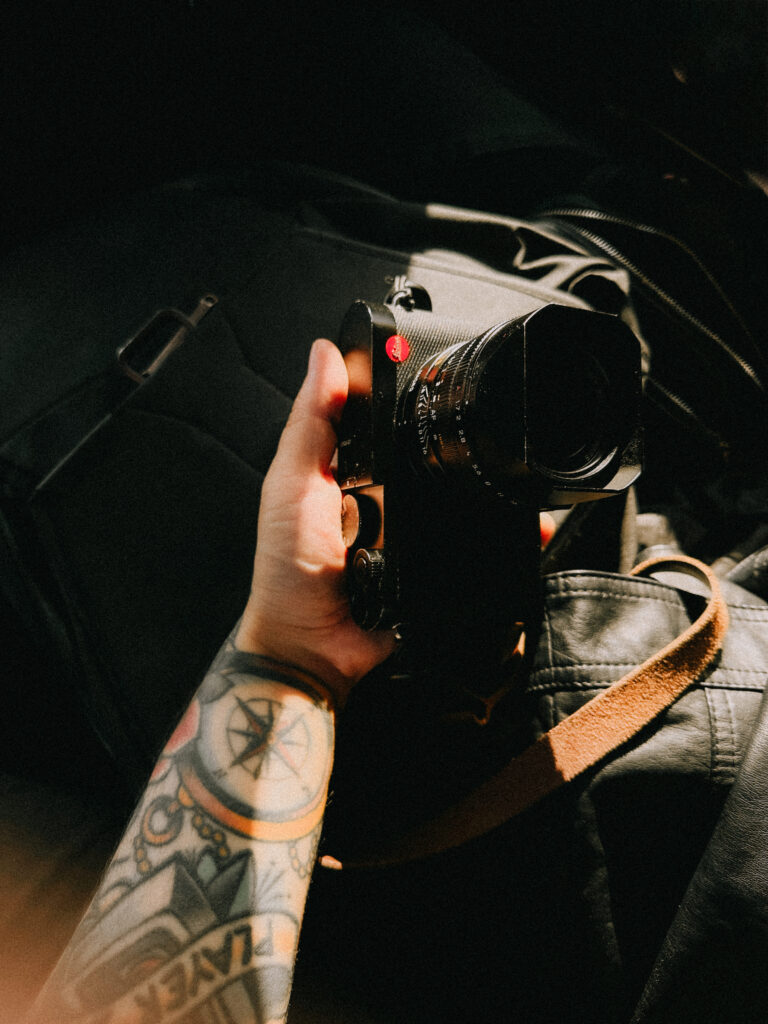
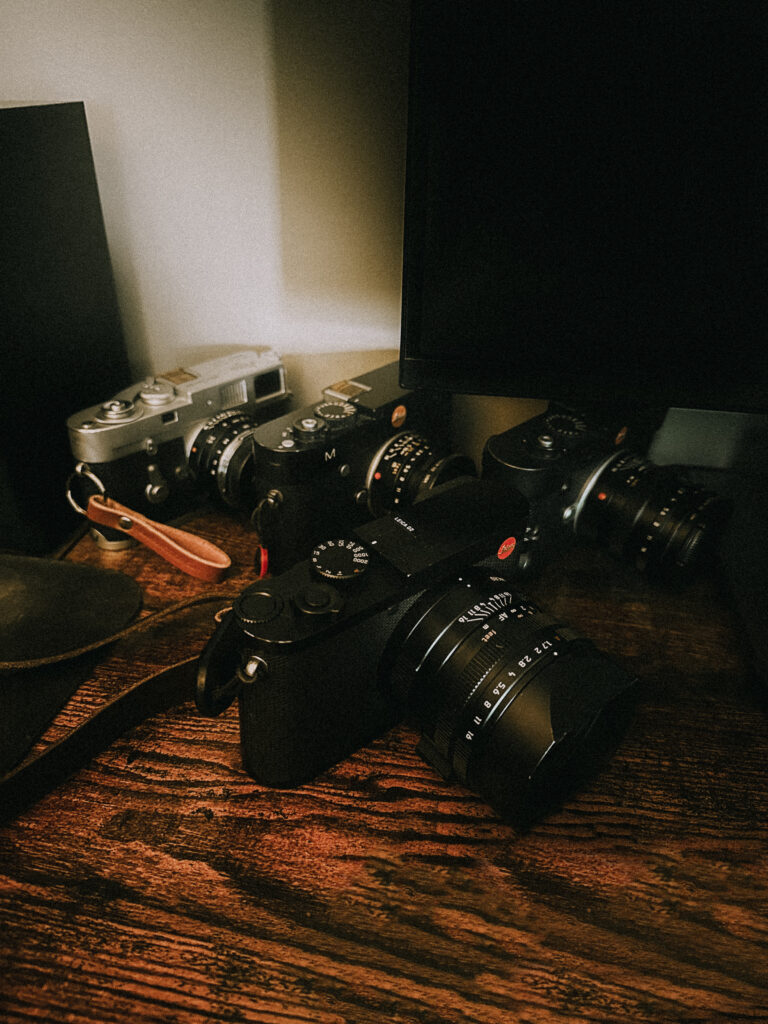
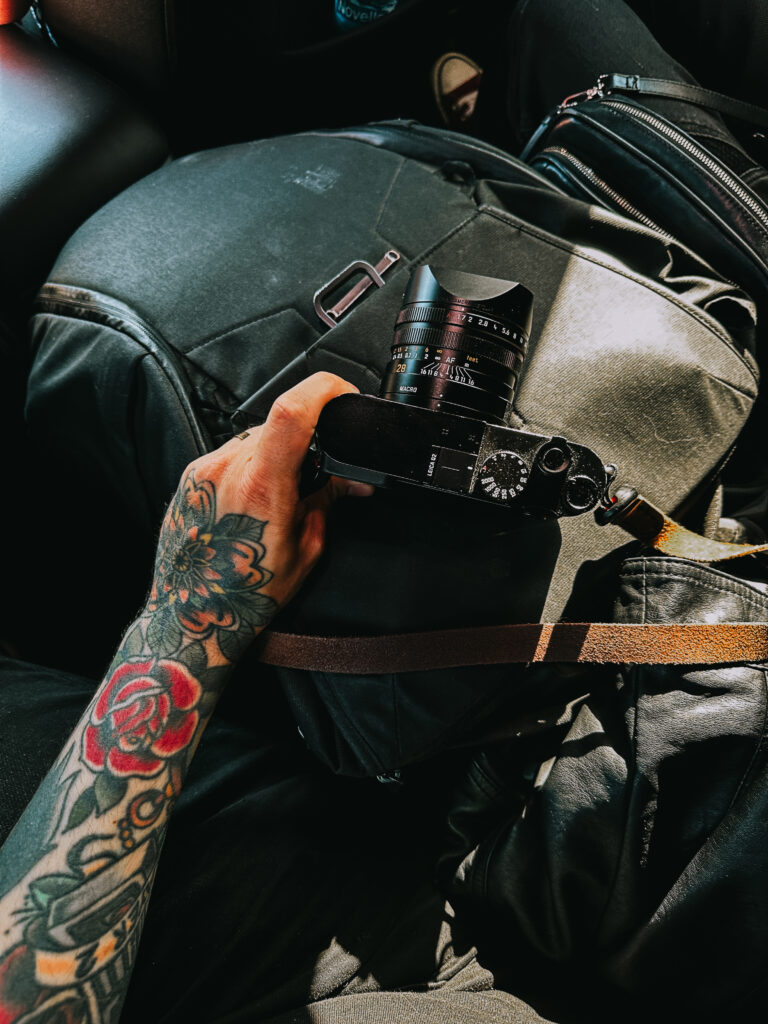
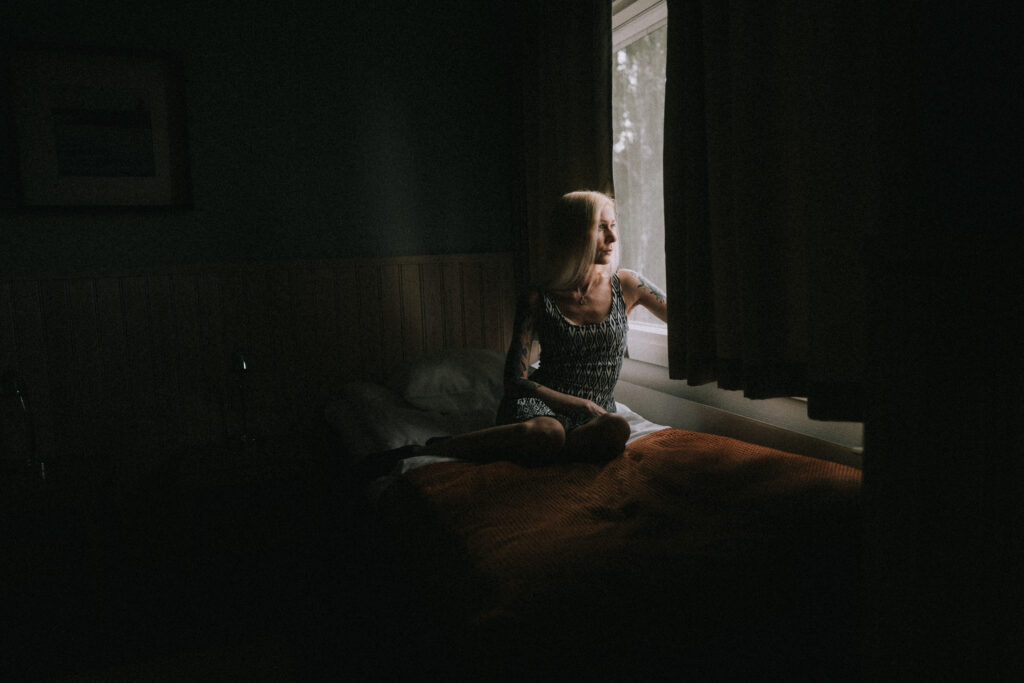
Build Quality
The build quality of the Leica Q2 is exceptional, it feels like it's built to last, built to be used every day in every context. I can't really say that about any of the other camera brands I've used before which includes Canon, Nikon, Sony & Fuji.
The IP52 rating is another key feature of the Leica Q2. It means the camera has official protection against dust and light water spray—a rarity among camera manufacturers, as few actually provide certified IP ratings. Leica does, and that added reassurance is a big plus.
Compared to the original Leica Q, the Q2’s dials feel more robust, offering a smooth resistance before switching to the next setting, adding to the overall premium feel.
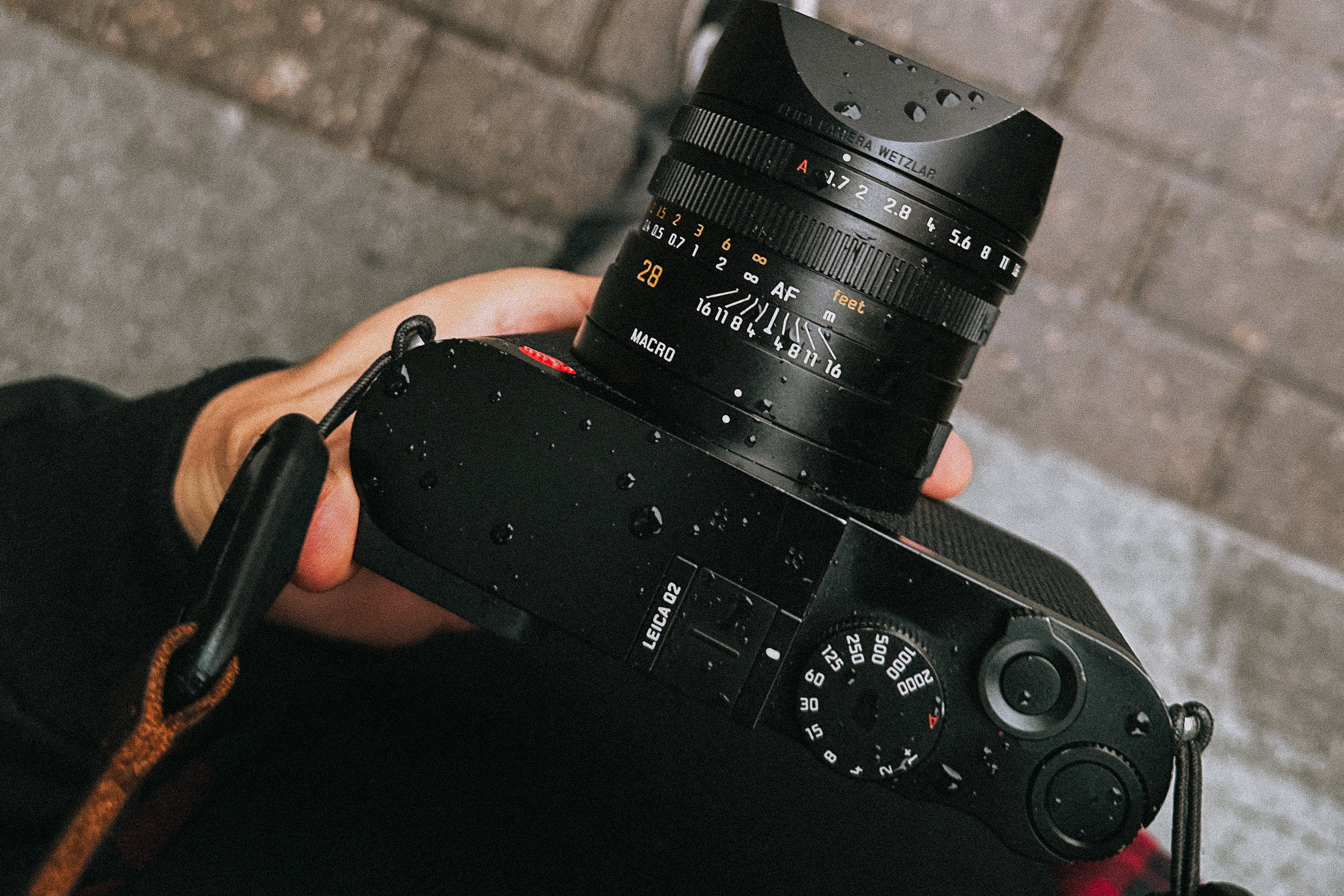
What type of photographer should get the Q?
In my opinion, the Leica Q series is the perfect all-around camera—especially the Q2 and Q3 with their higher megapixel count, which allows for comfortable cropping. I’m primarily a 35mm shooter, so I keep my Q2 set to 35mm frame lines at all times. But if needed, I can always go into Lightroom and revert to the full 28mm image. It’s the ideal setup for me.
I use the Leica Q2 as my everyday and travel camera, but I also shoot a lot of portraits with it. That was a key factor in my decision to keep it. When I first got the Leica Q, portrait photography with it wasn’t very common—so I made it a point to do just that.
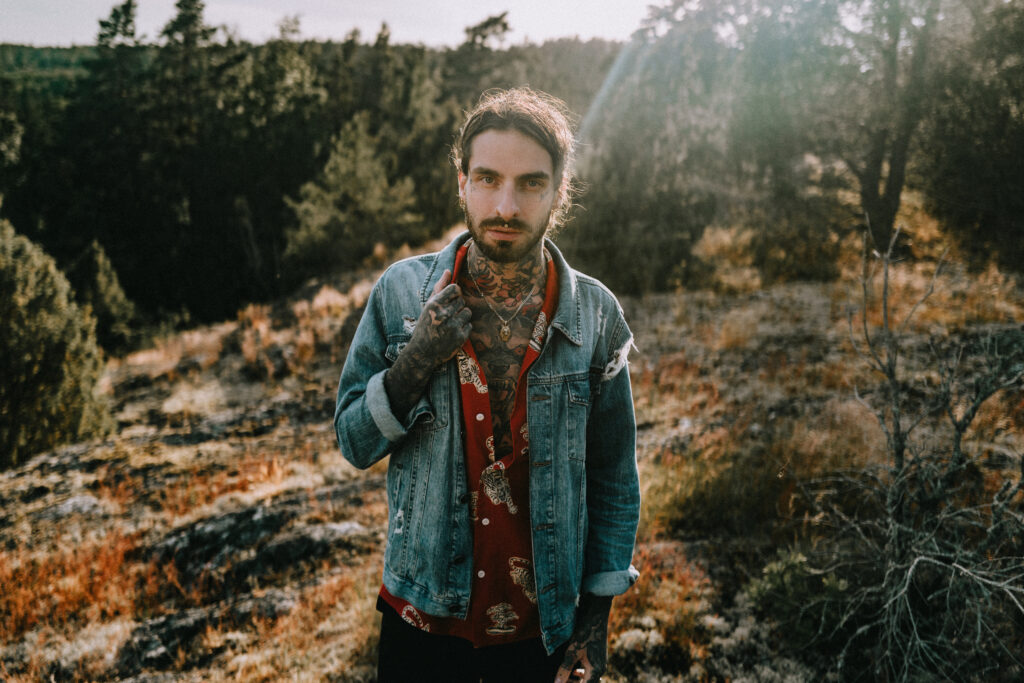
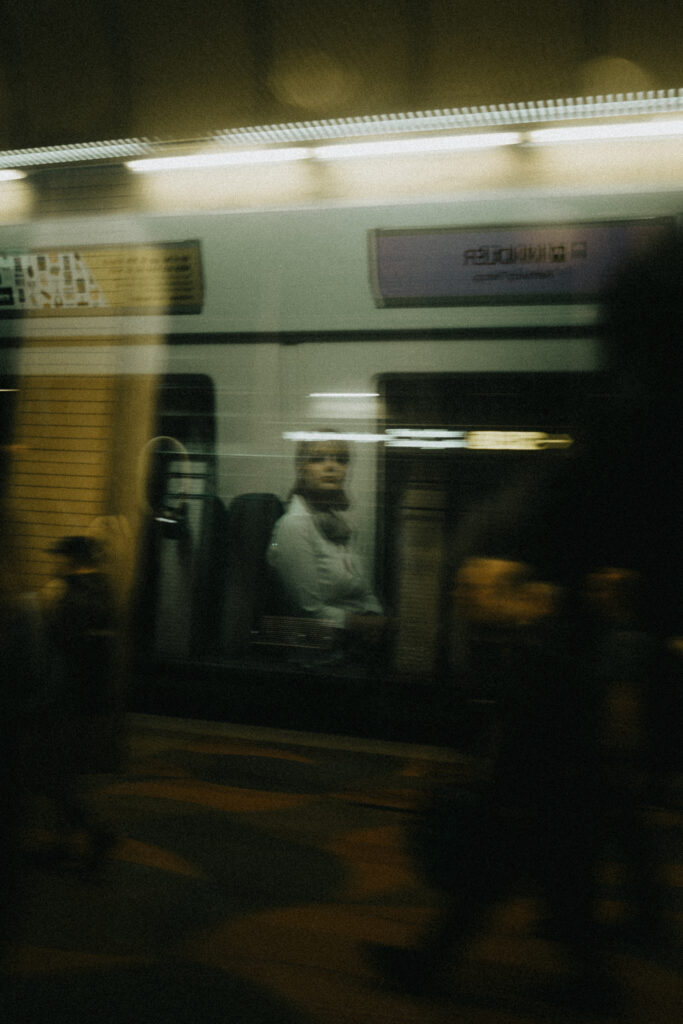
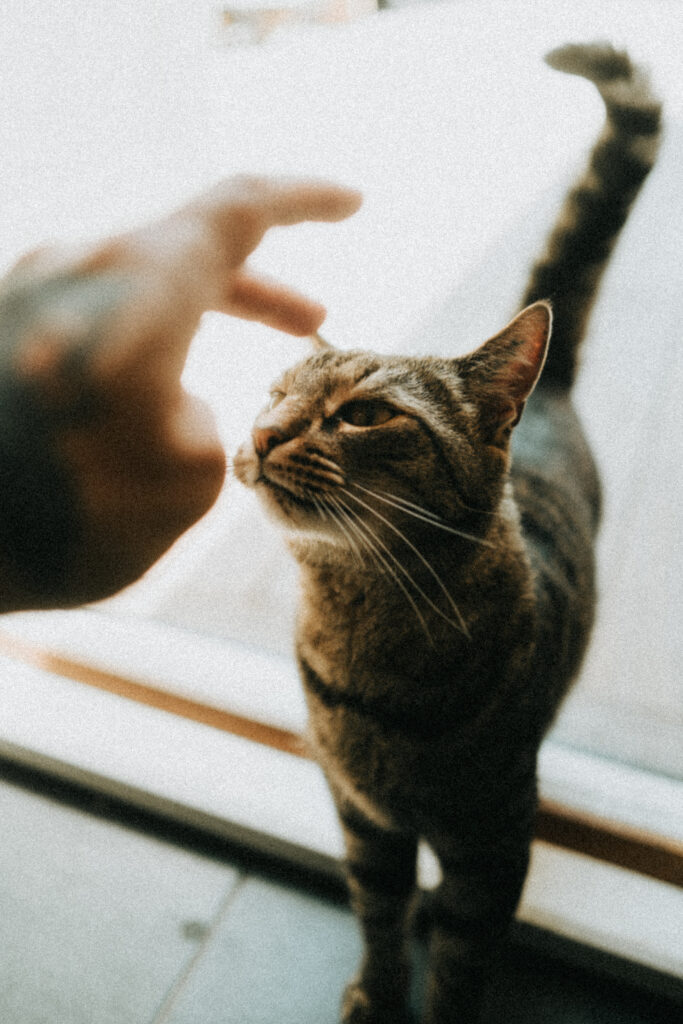
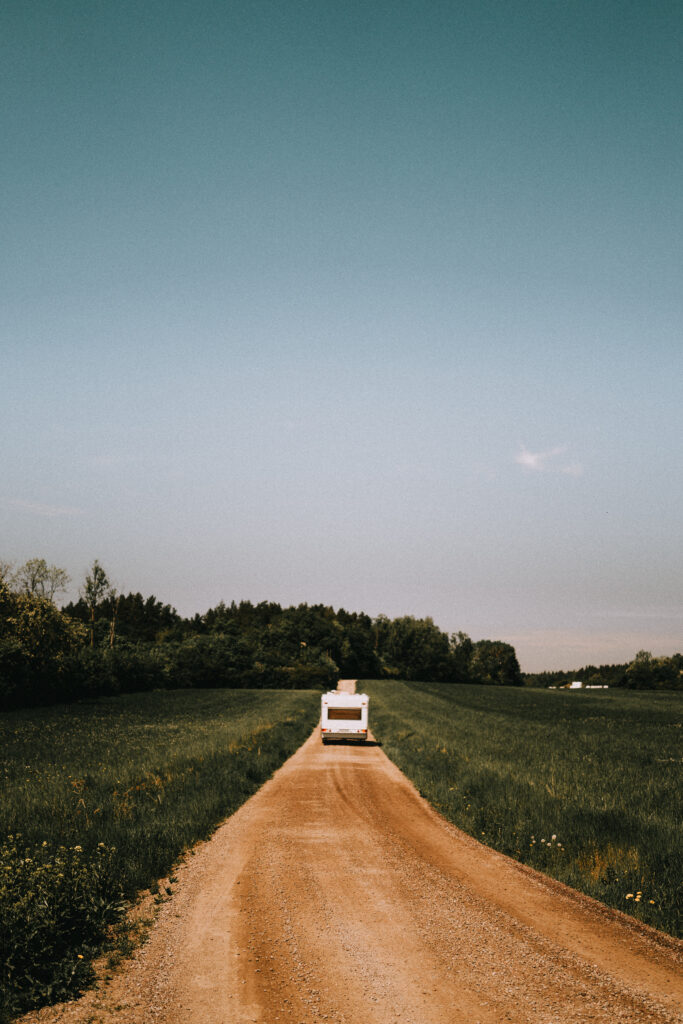
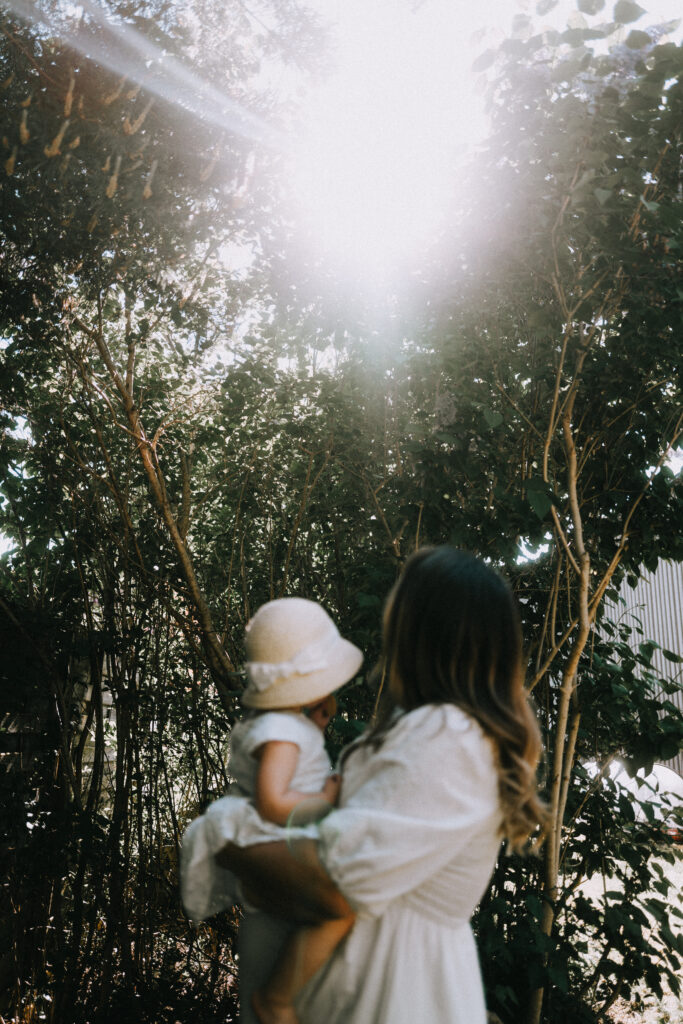
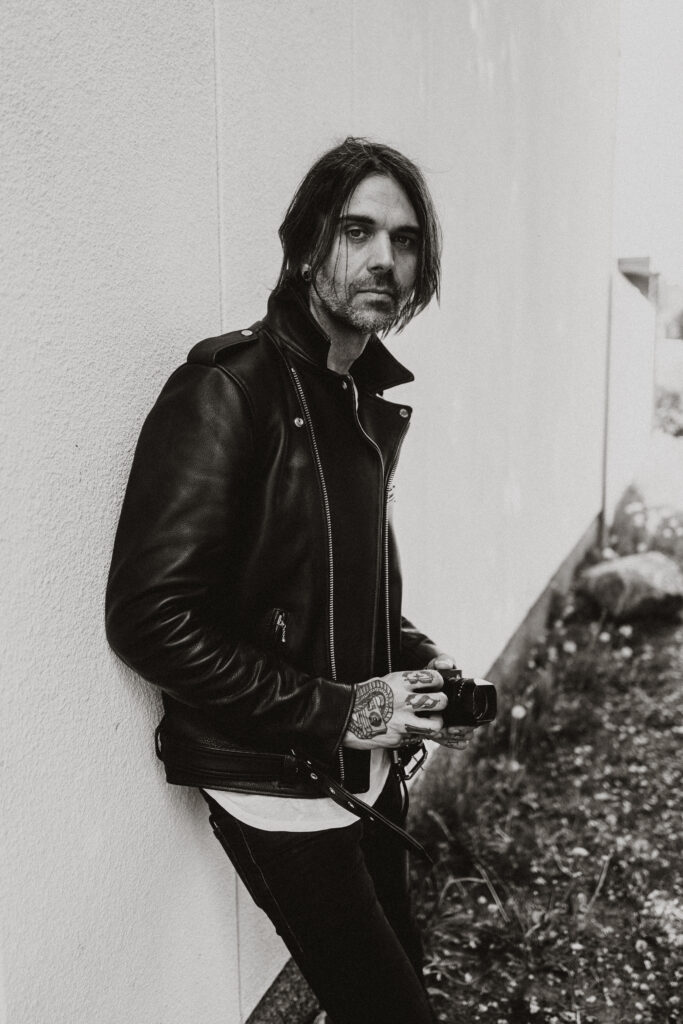
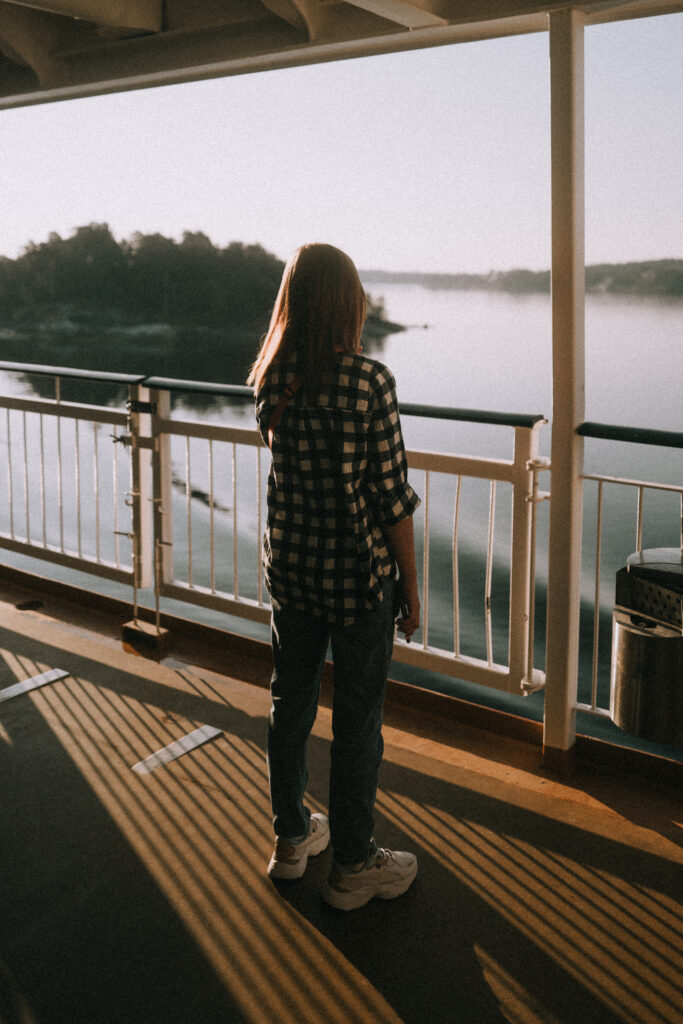
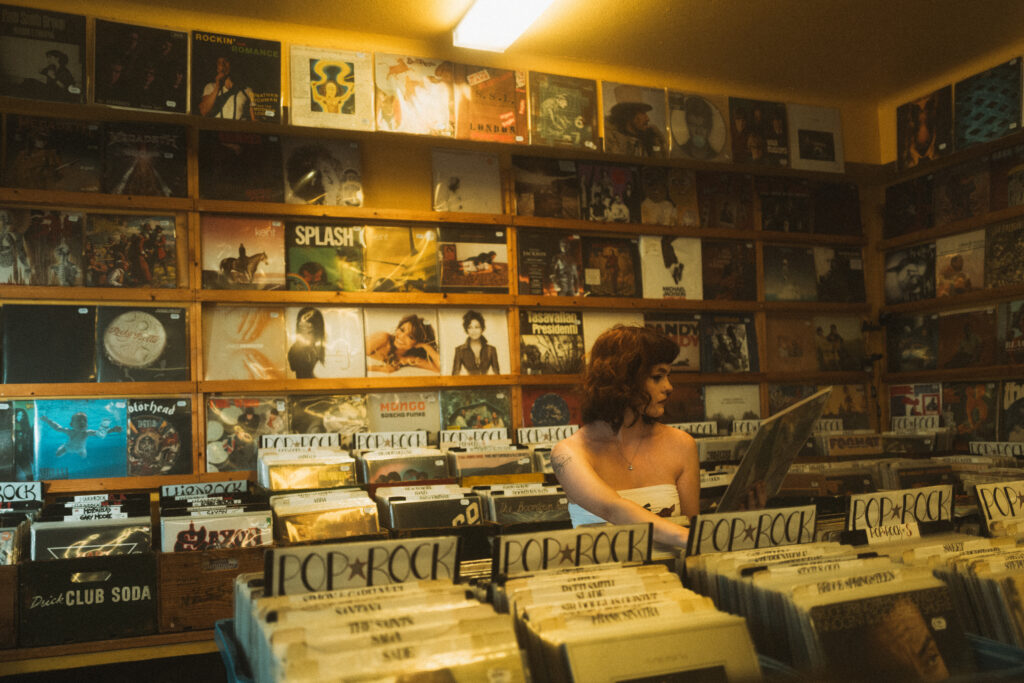
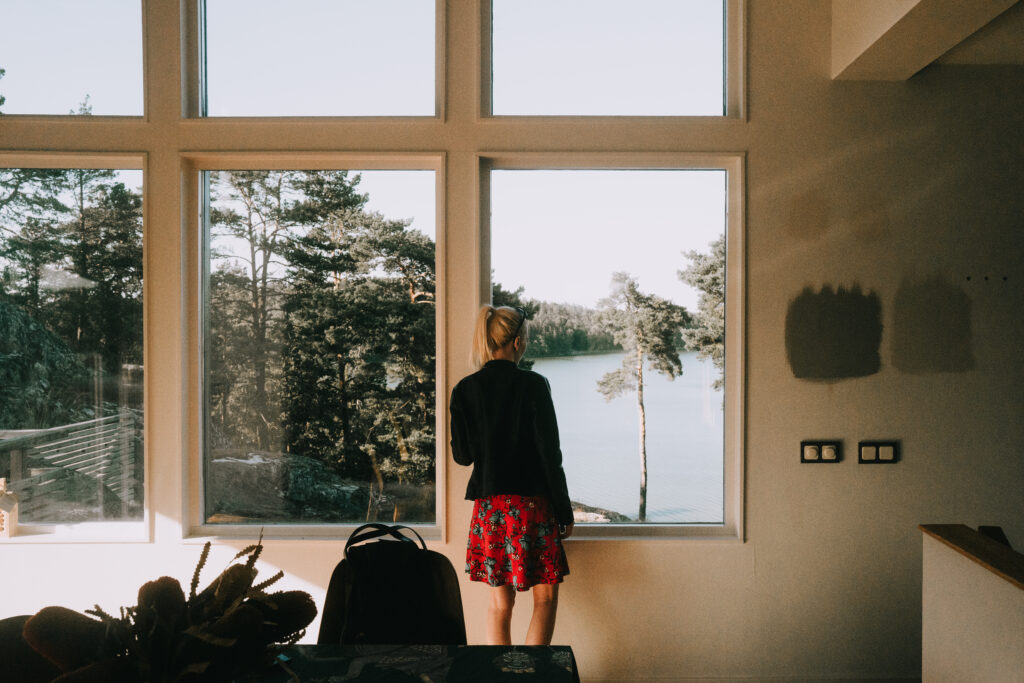
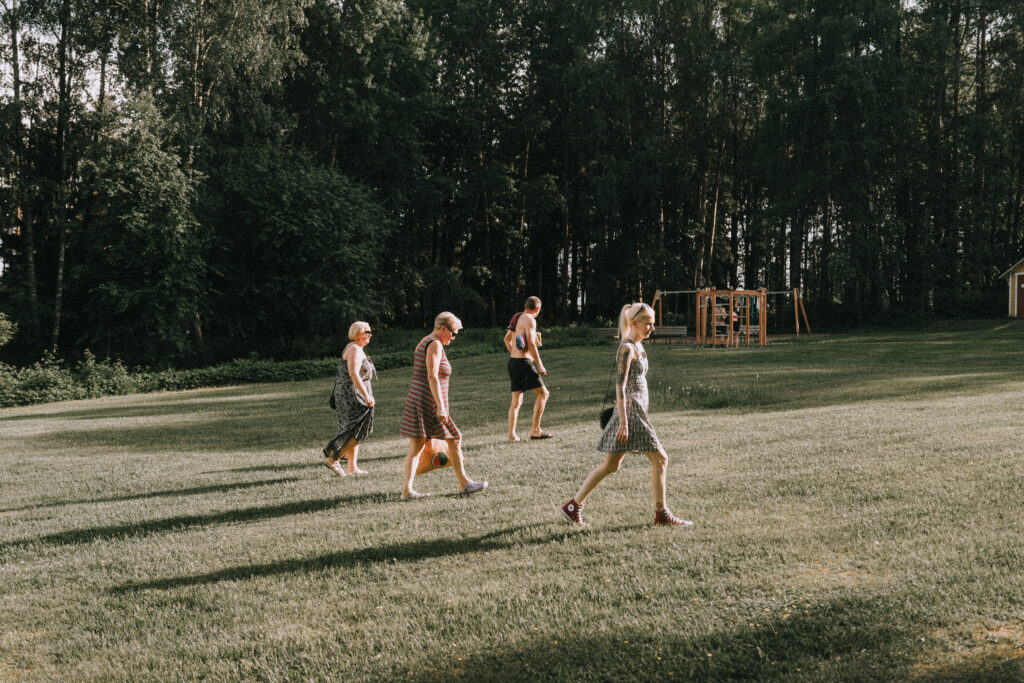
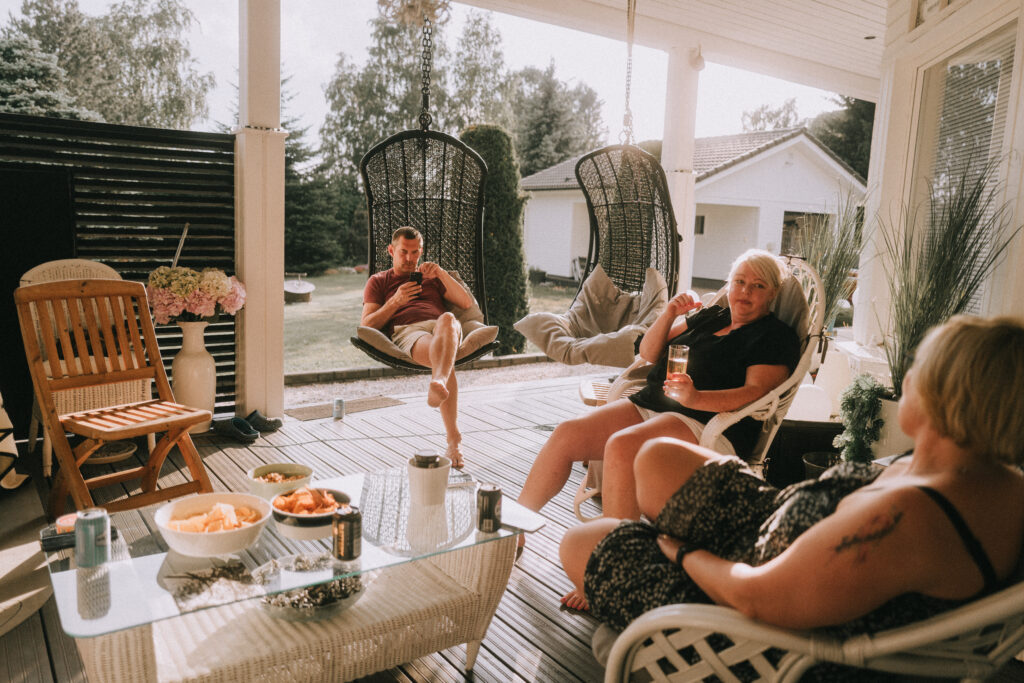
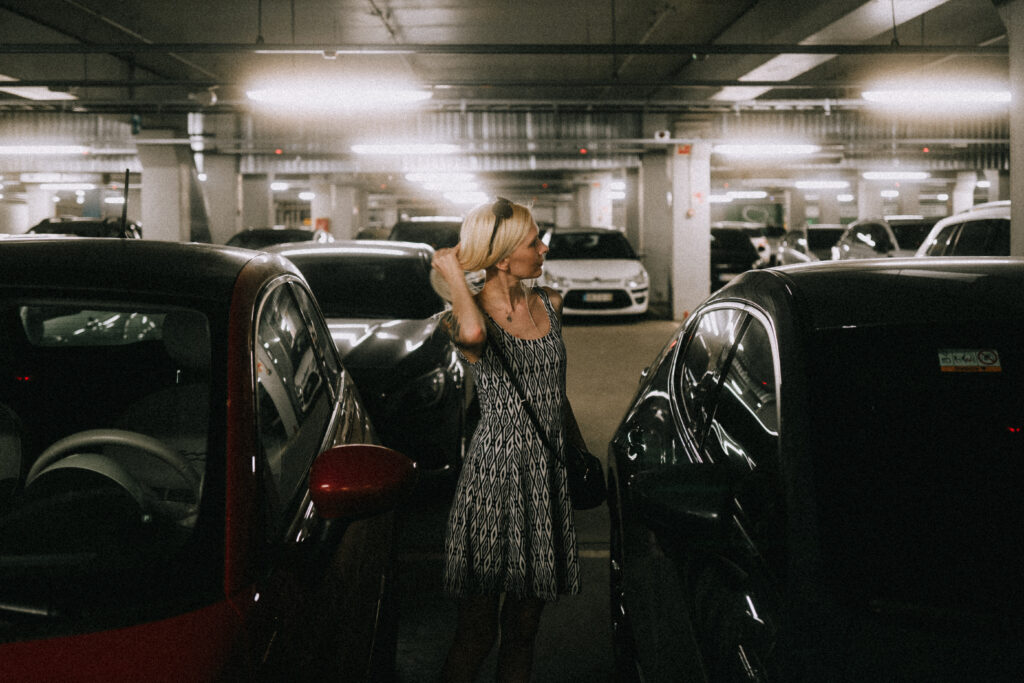
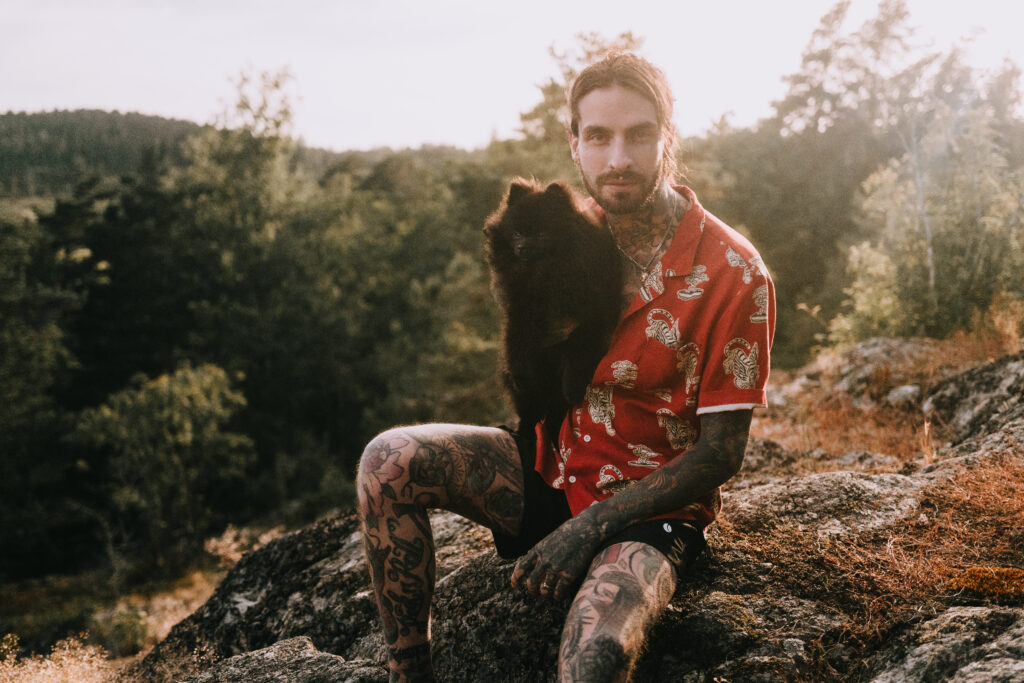
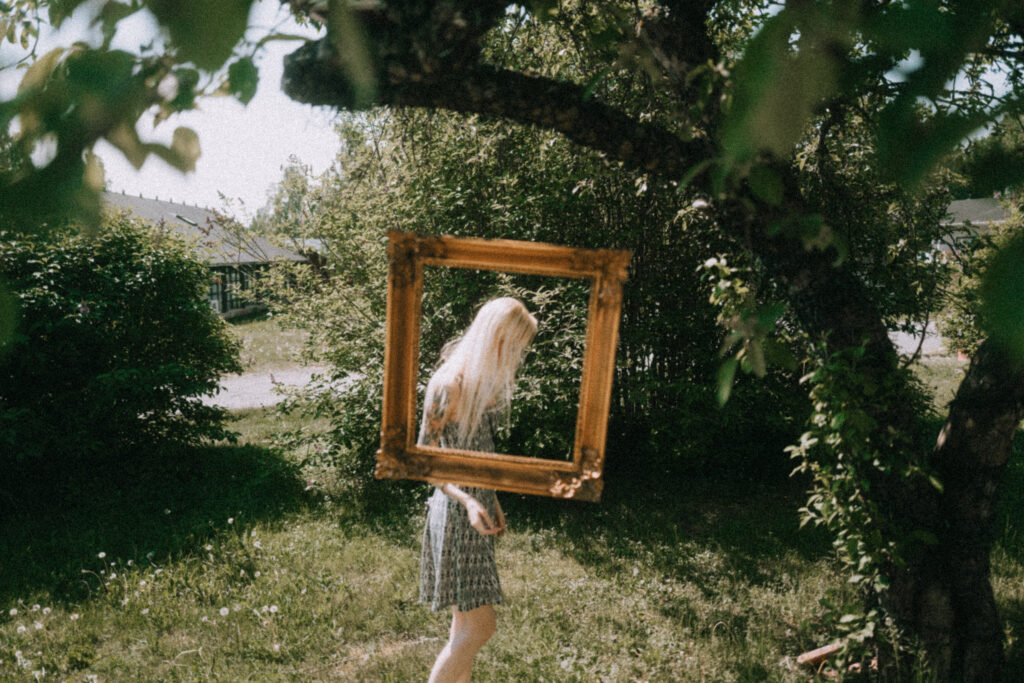
Image Quality & Rendering
The lens on the Q series fixed Summilux 28mm f/1.7 ASPH Lens, incredibly high quality glass in a metal housing and has a modern, sharp rendering and beautiful smooth bokeh.
It also features a macro mode for even closer focus if needed. It’s not a feature I use often, but it’s a welcome addition to an already beautifully capable camera.
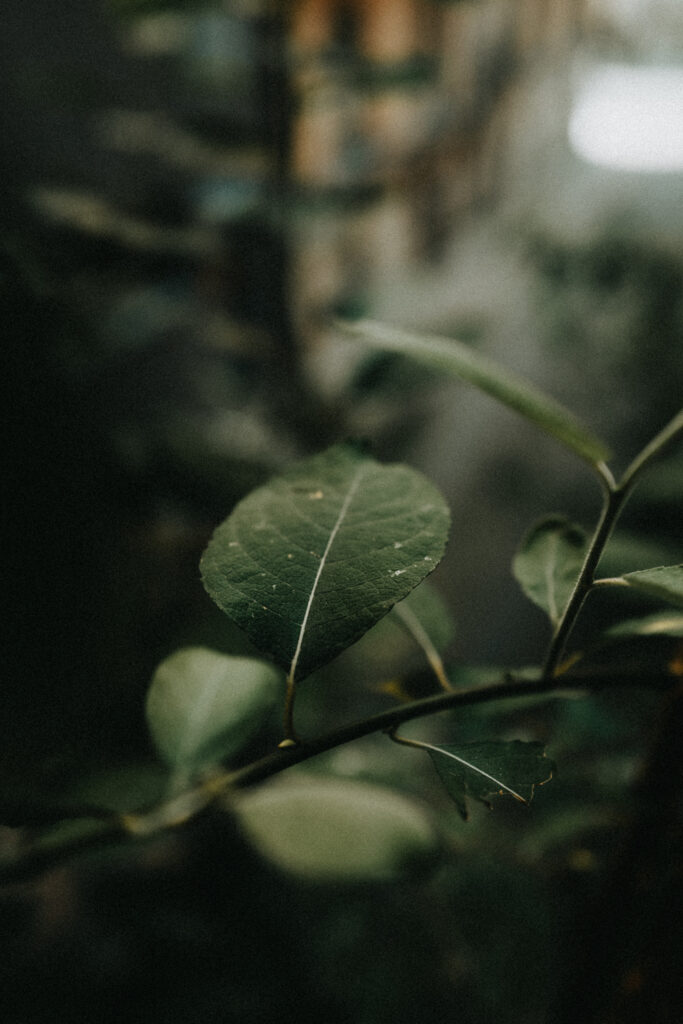
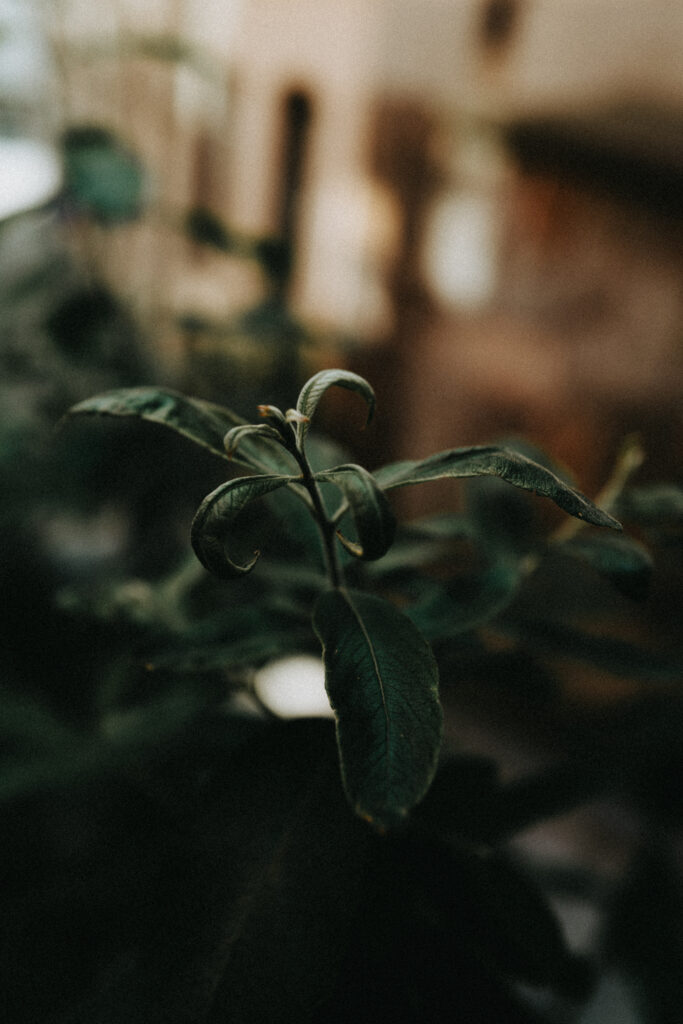
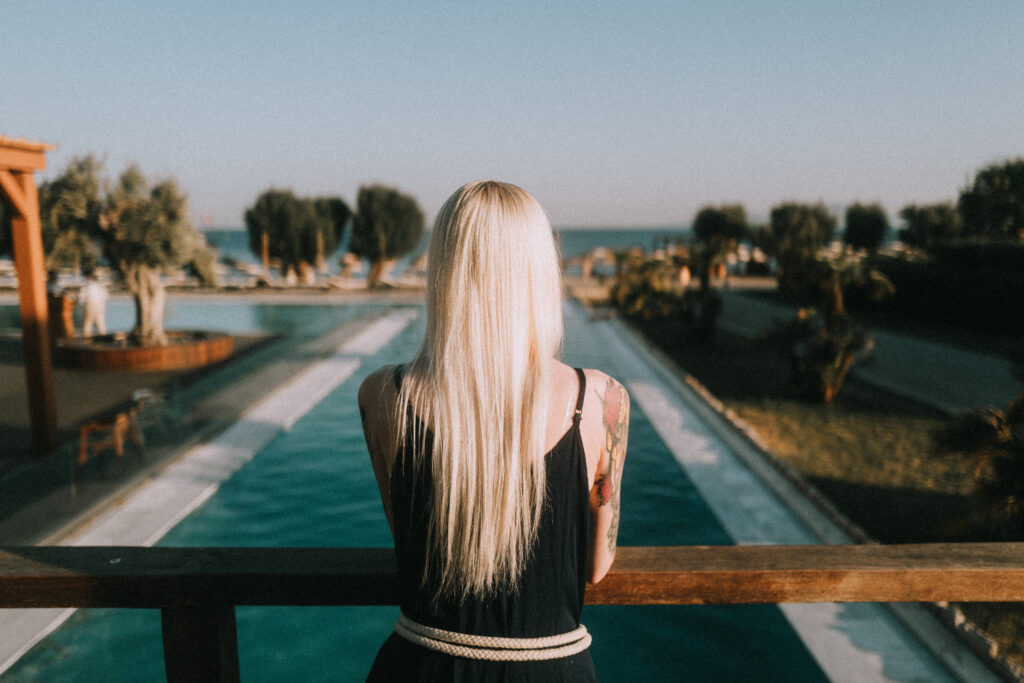
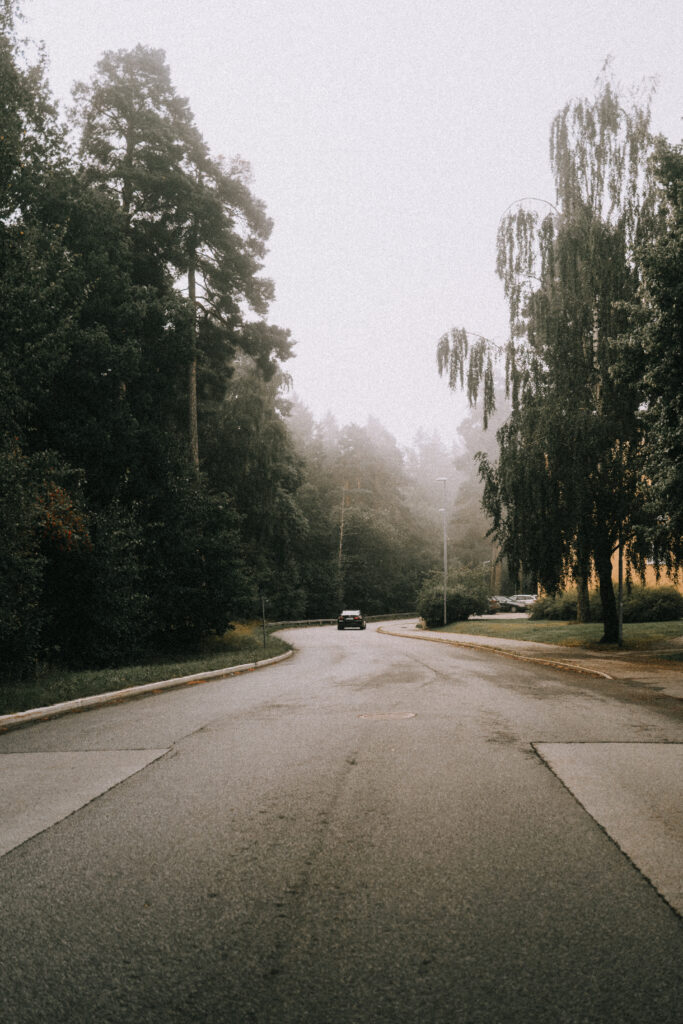
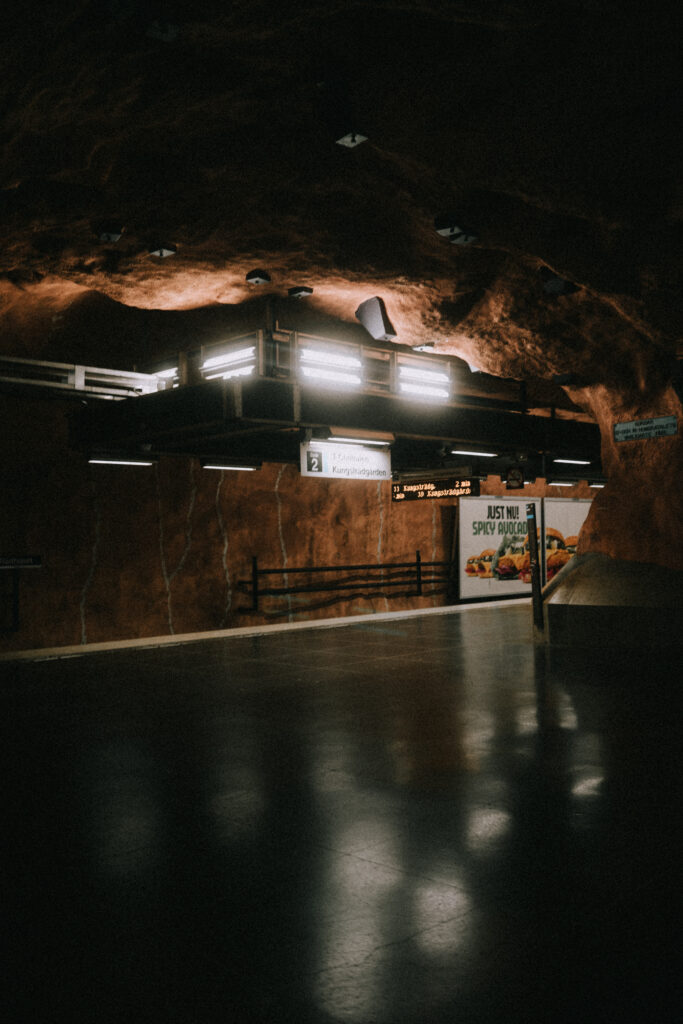
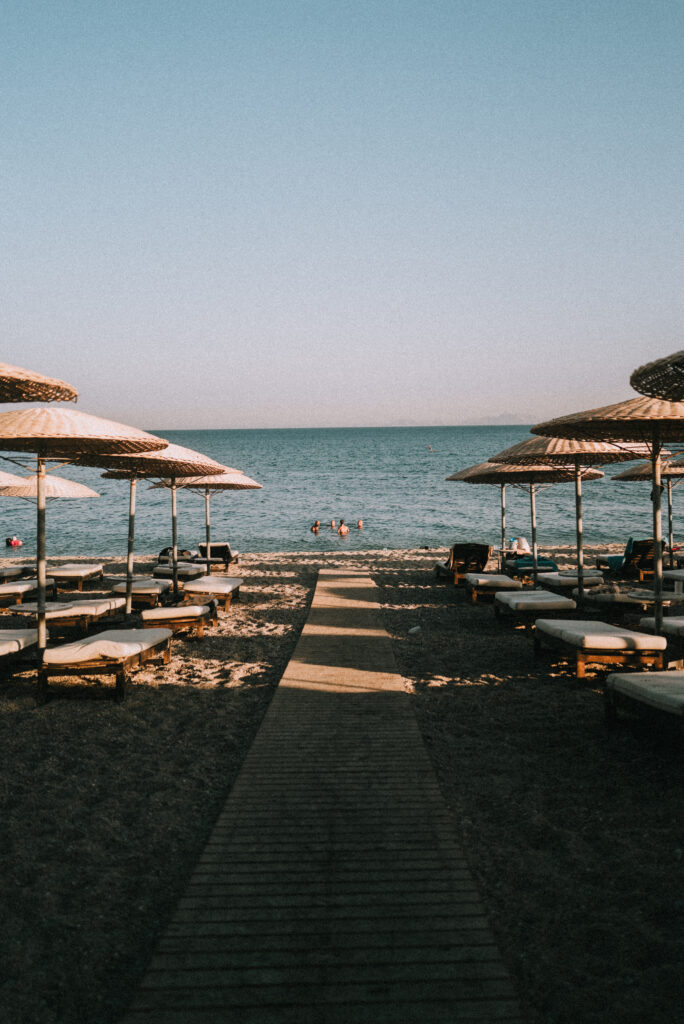
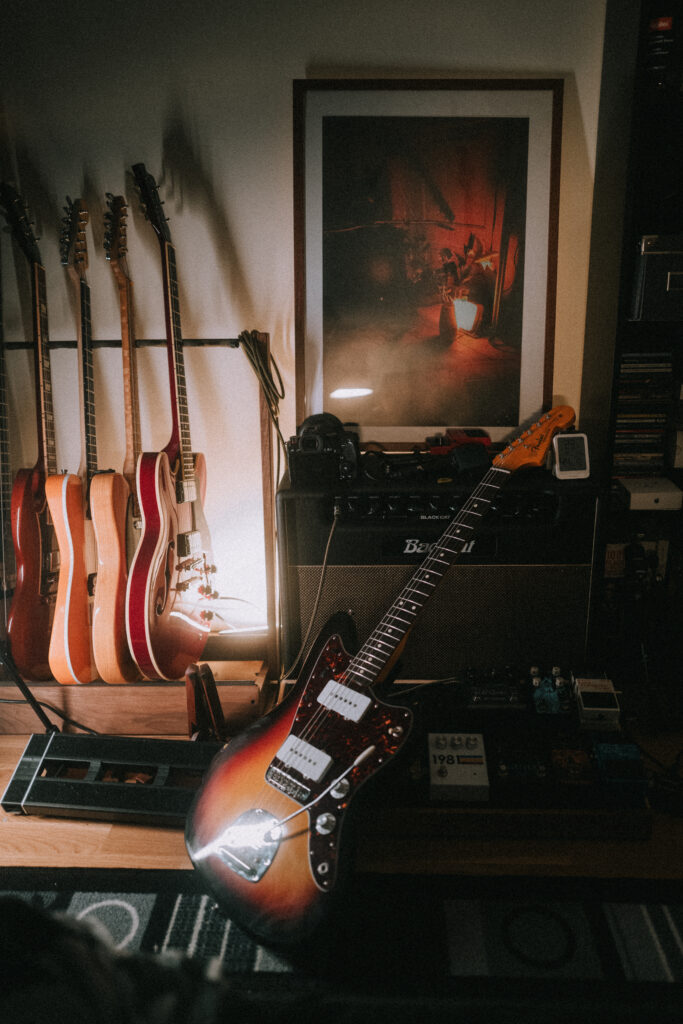
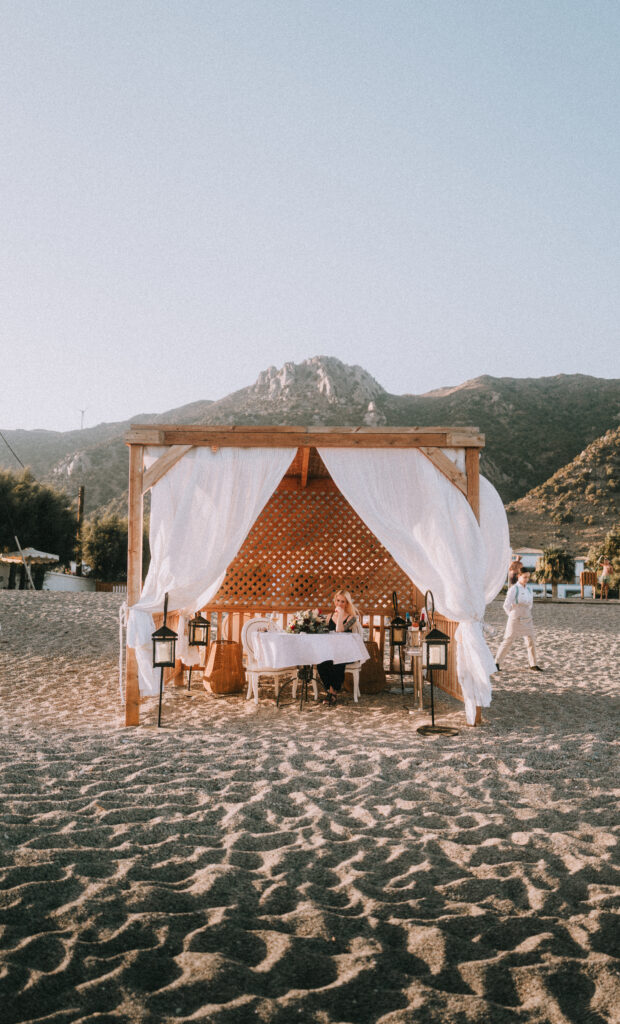
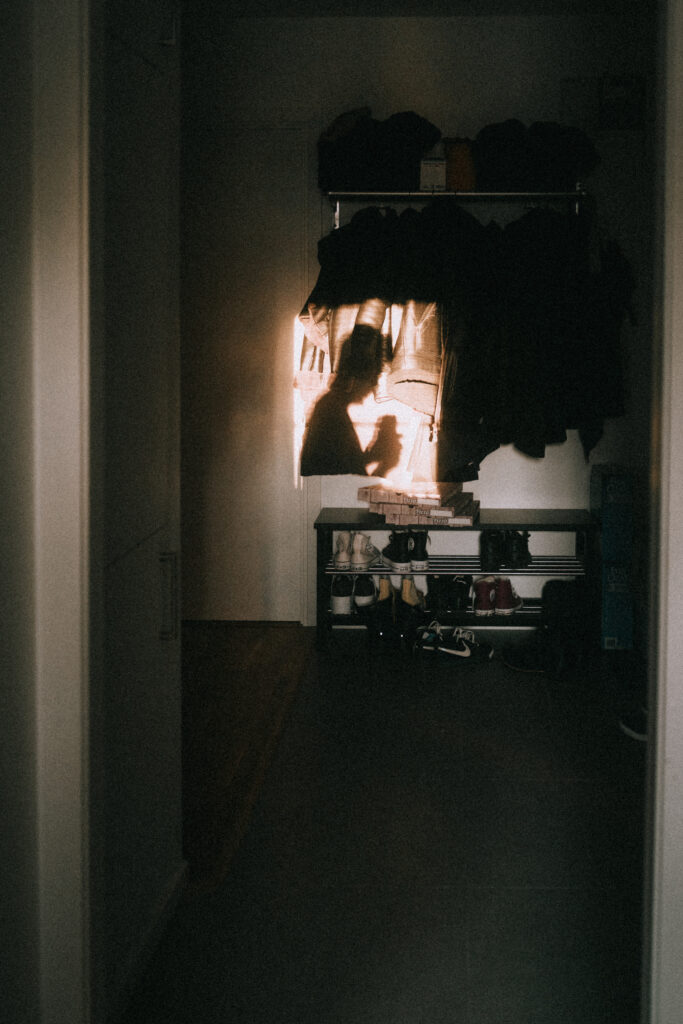

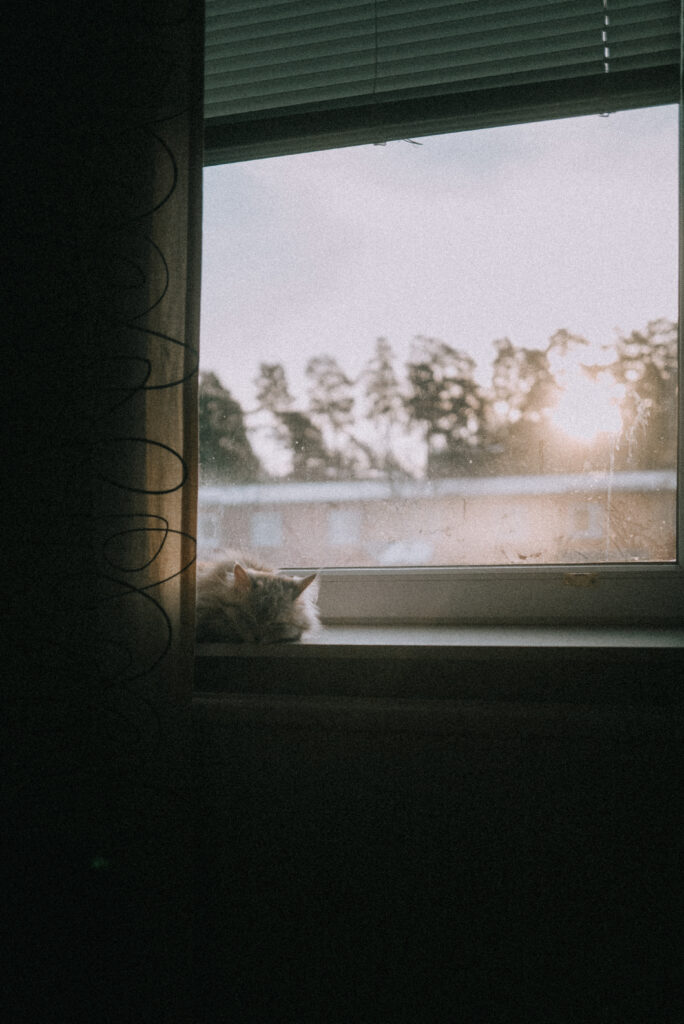
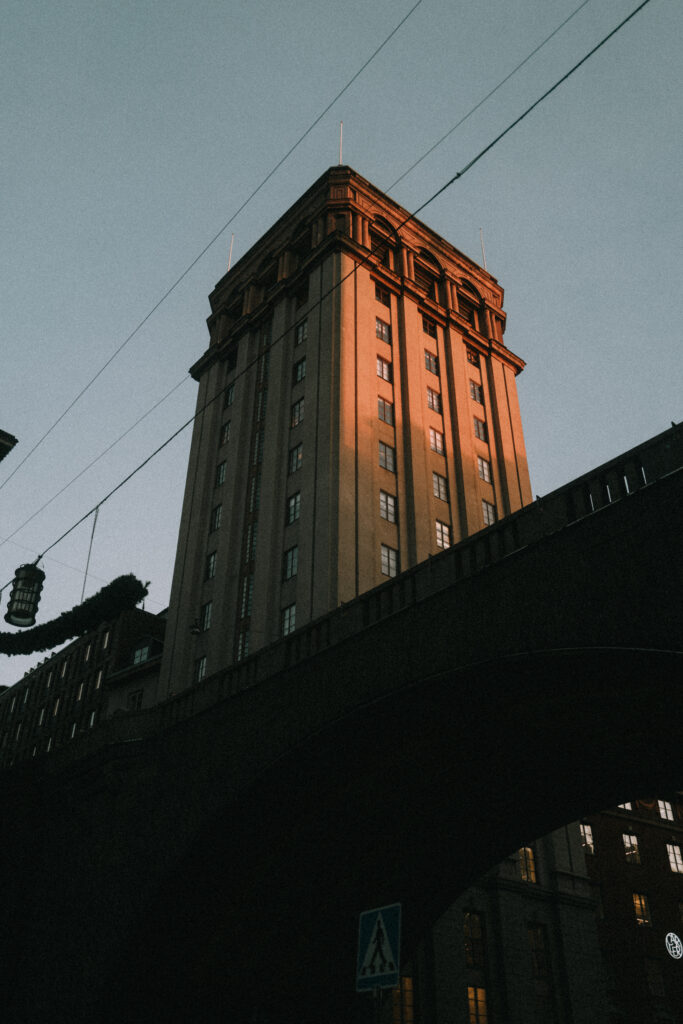

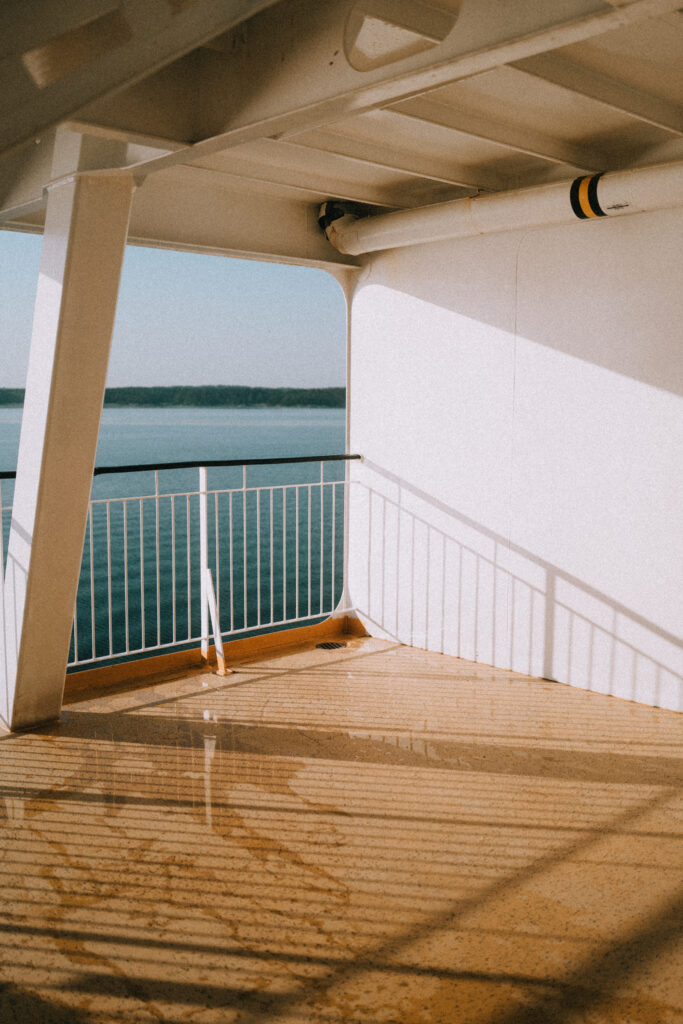
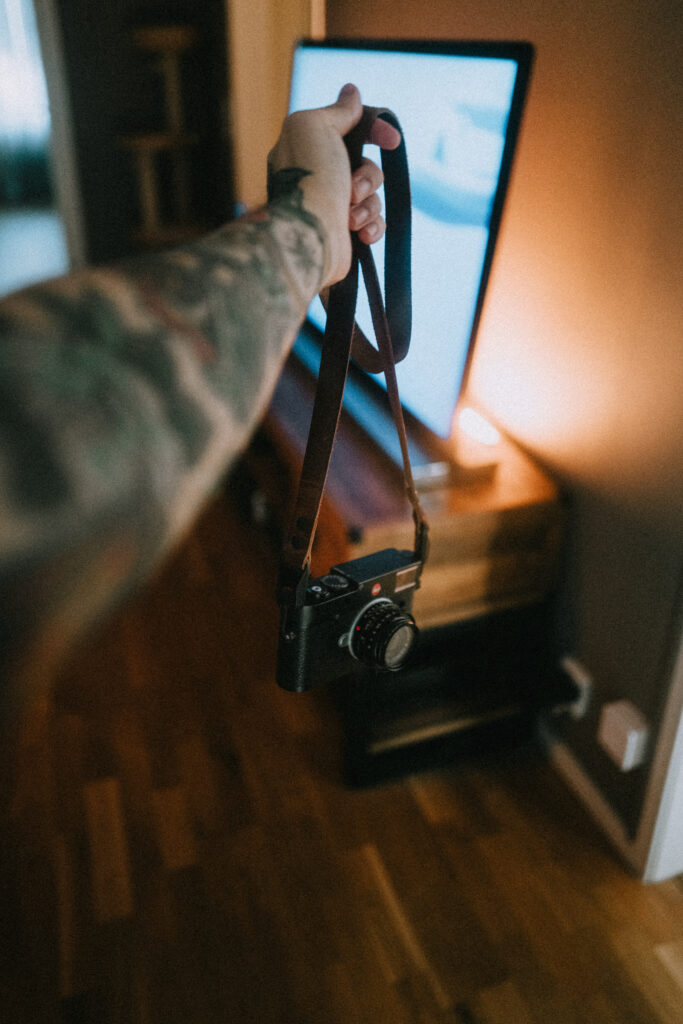
Auto Focus
Autofocus isn’t something I think about much, being primarily a manual focus shooter. Honestly, I’ve felt autofocus has been more than good enough since the Canon 5D Mark II came out in 2008. The Leica Q2 might not match Sony’s latest offerings, but do you really need it? If you miss the shot, maybe it just wasn’t meant to be—at least, that’s my take.
On the Q2, single autofocus mode is fast, and that’s all I use. It also has face detection, so if locking onto faces is a concern for you, the Q2 has you covered. Personally, I’ve never needed it, so I can’t speak to how well it works in reality.

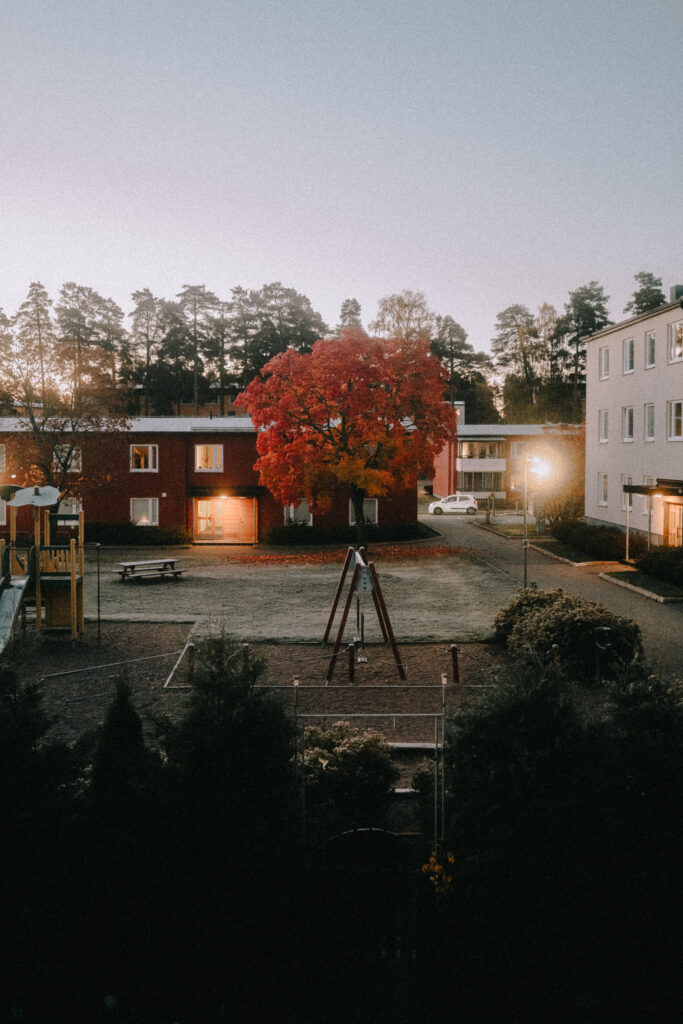
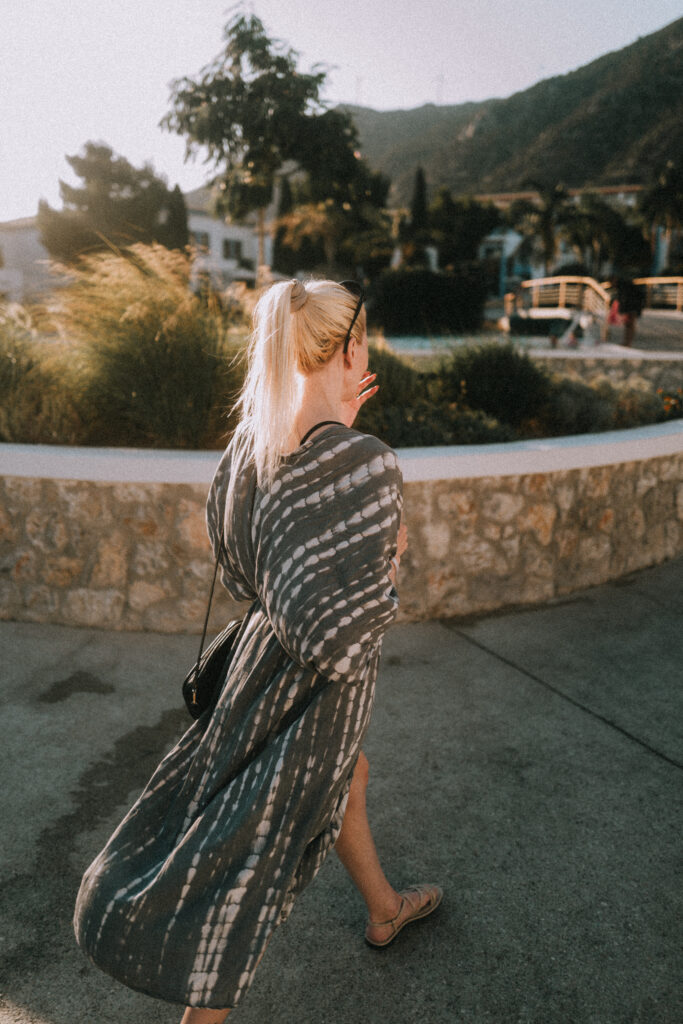


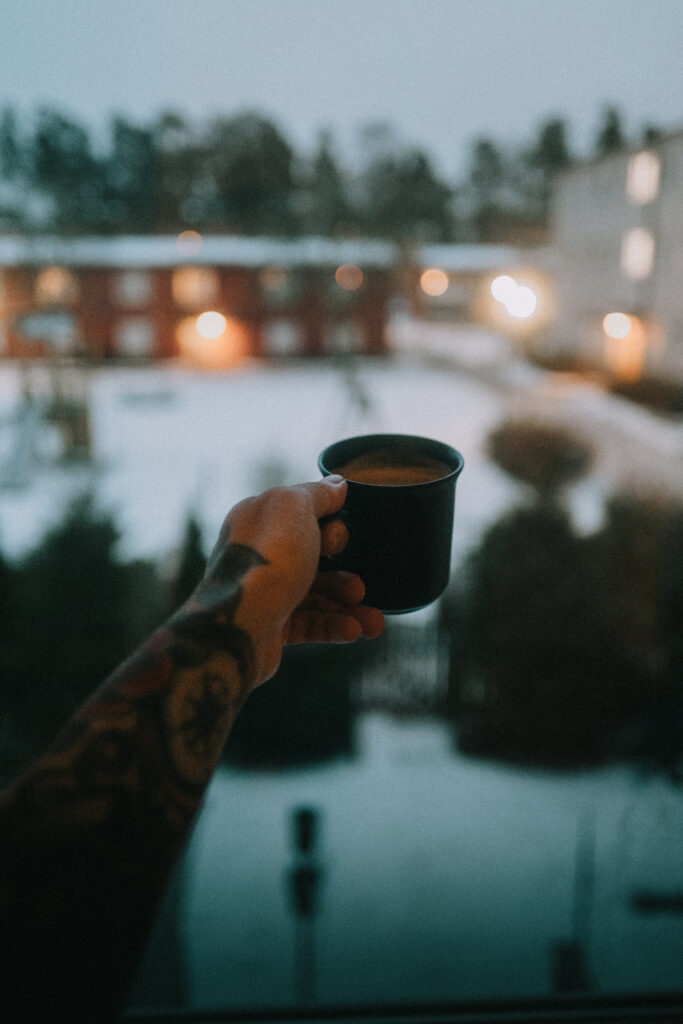
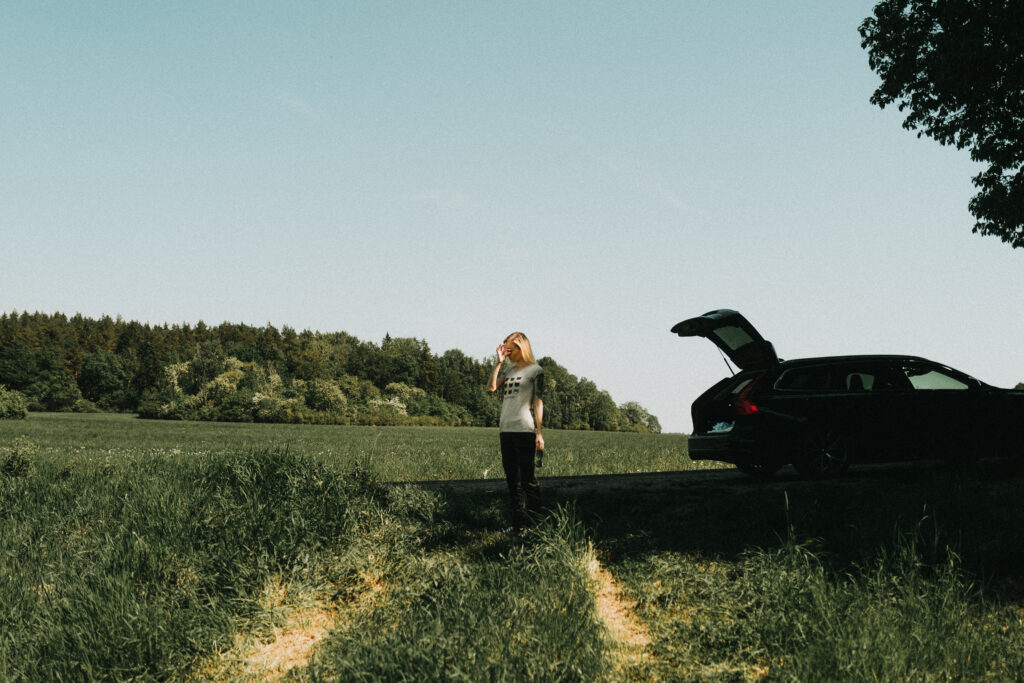
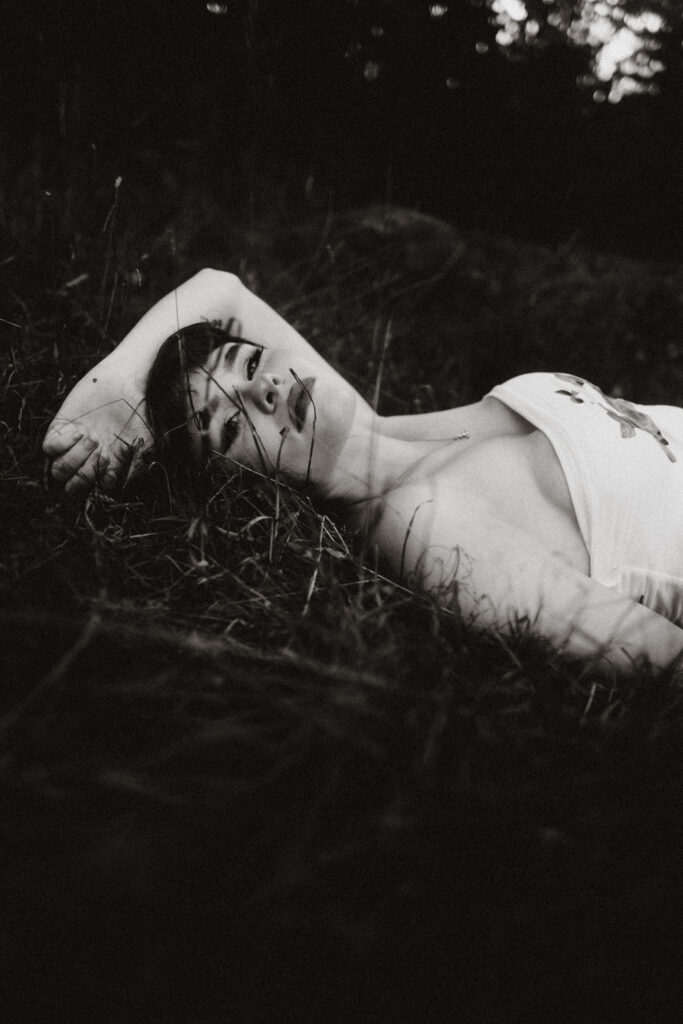
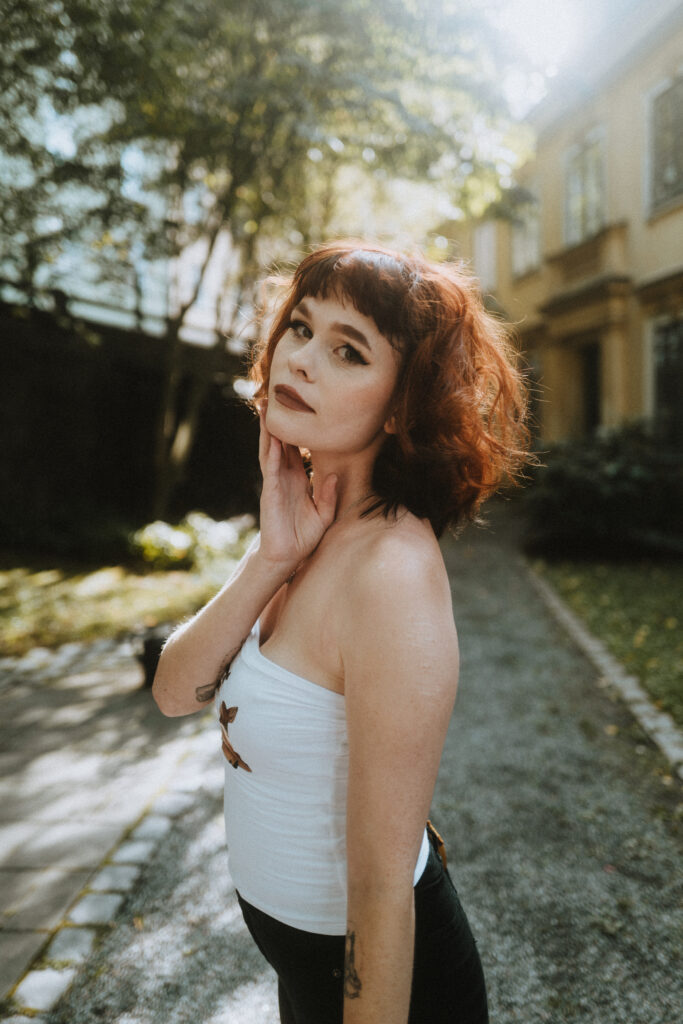
Final Thoughts
Is the Leica Q2 good enough for me as a photographer? Absolutely. It’s everything I’ve ever really needed—every other camera I own is just a nice-to-have. The Q2 covers 98% of what I shoot, from family and travel to landscapes, street, fashion, and portraiture. It’s immaculate.
The only downside? Owning the Q2 will inevitably make you more curious about the M-series Leicas—and sooner or later, you’ll cave and try one out and down the rabbit hole you go. It has happened to every photographer I know who has used the Q and it will probably happen to you too.
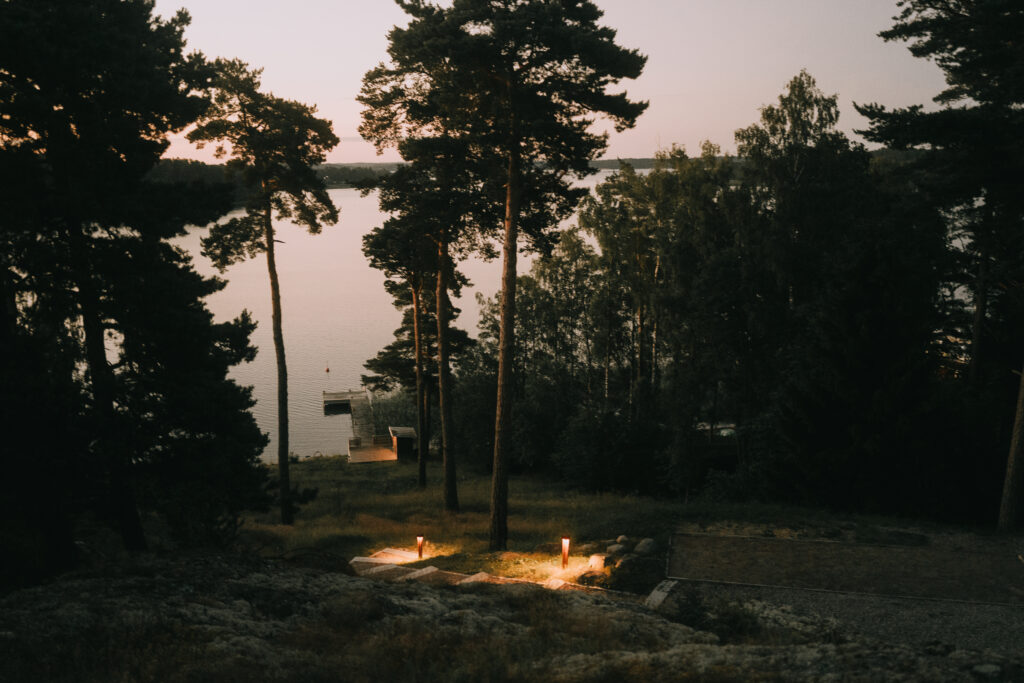
Youtube Video
I filmed a YouTube video sharing my first impressions of the Leica Q2—feel free to check it out here:
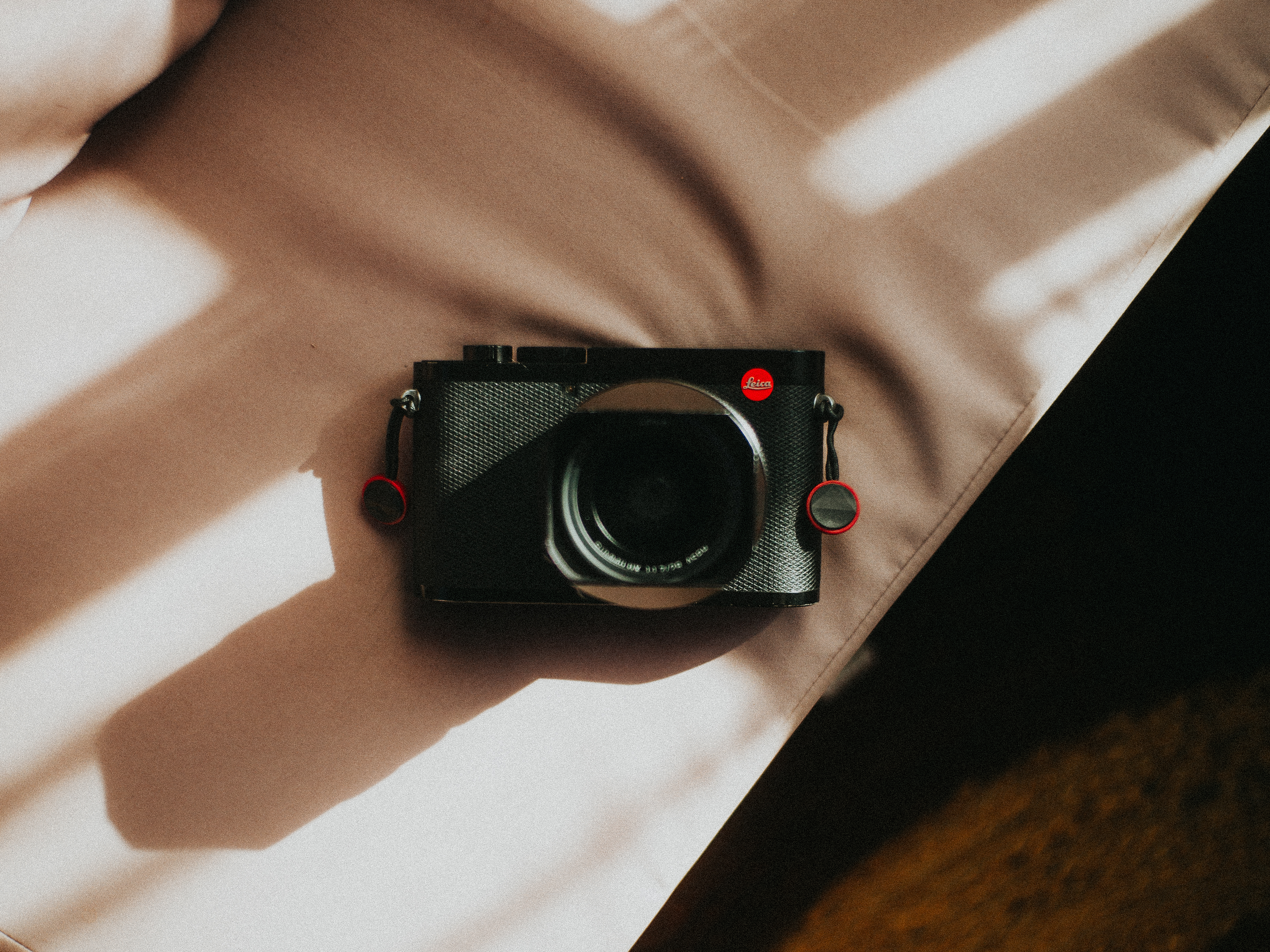
No Comments.